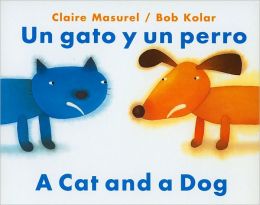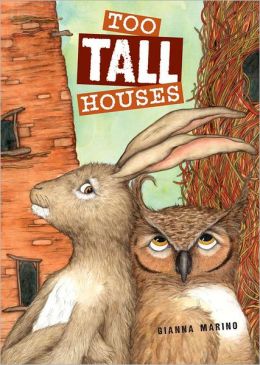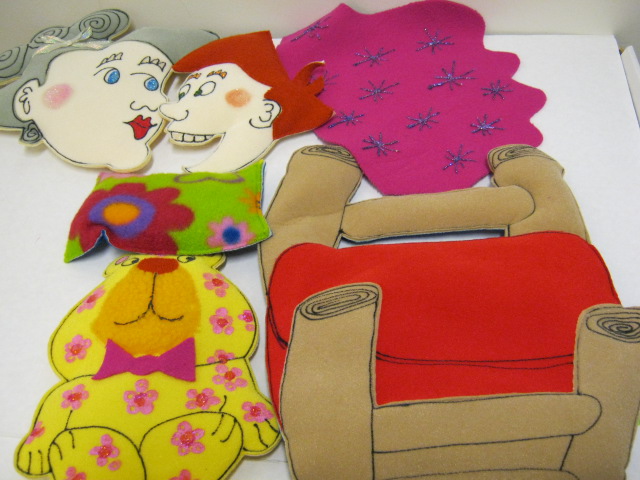If You Want to Know an Answer is a good opening song especially when you want to emphasize what we can learn from factual books. You can substitute words to emphasize any aspect of learning.
Song: If You Want to Know an Answer (tune: If You're Happy & You Know It)
If you want to know an answer, read a book!
If you want to know an answer, read a book!
If you're wondering where the moon goes;
If you're wondering how the grass grows;
If you want to know an answer, read a book!
If you'd like to learn to draw, read a book!
If you want to learn to draw, read a book!
If you'd like to draw a dog,
Or a frog sitting on a log;
If you'd like to learn to draw, read a book!
If you'd like to learn to bake, read a book!
If you'd like to learn to bake, read a book!
If you'd like to make some candy,
Or a pizza that is dandy;
If you'd like to learn to bake, read a book!
Early Literacy Aside--Explain--Background Knowledge: Factual books offer many opportunities to add to children's knowledge based on their interests. Sharing factual books not only helps children learn about the world around them, but also will help them later understand what they read. In today's storytime, I'll be pointing out different ways to share factual books and information with children.







